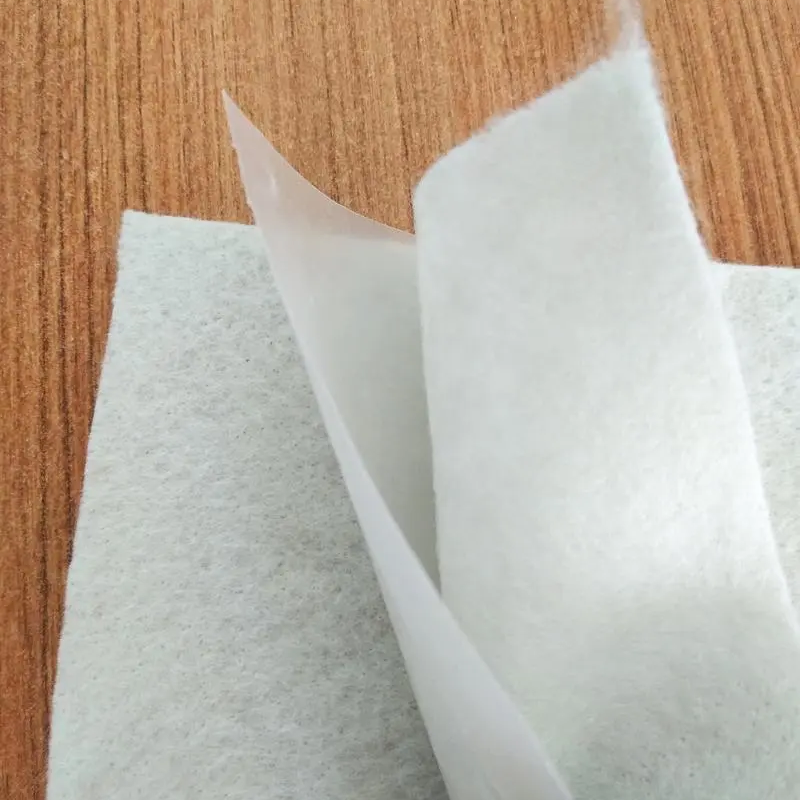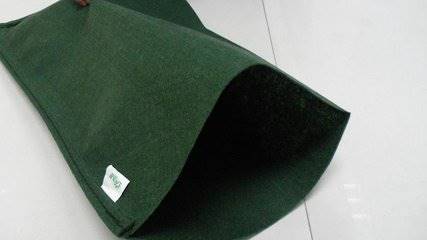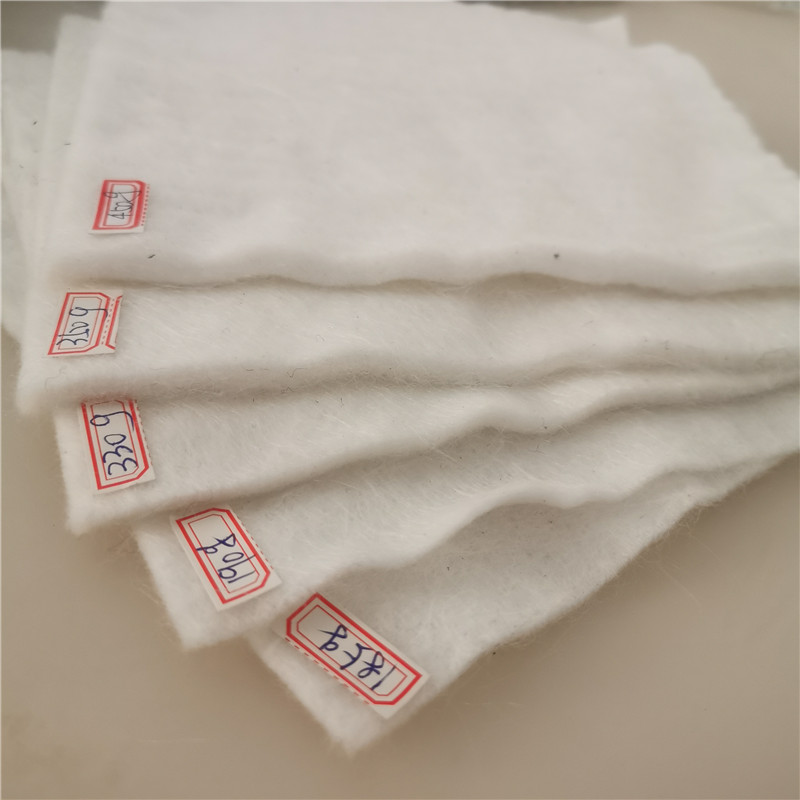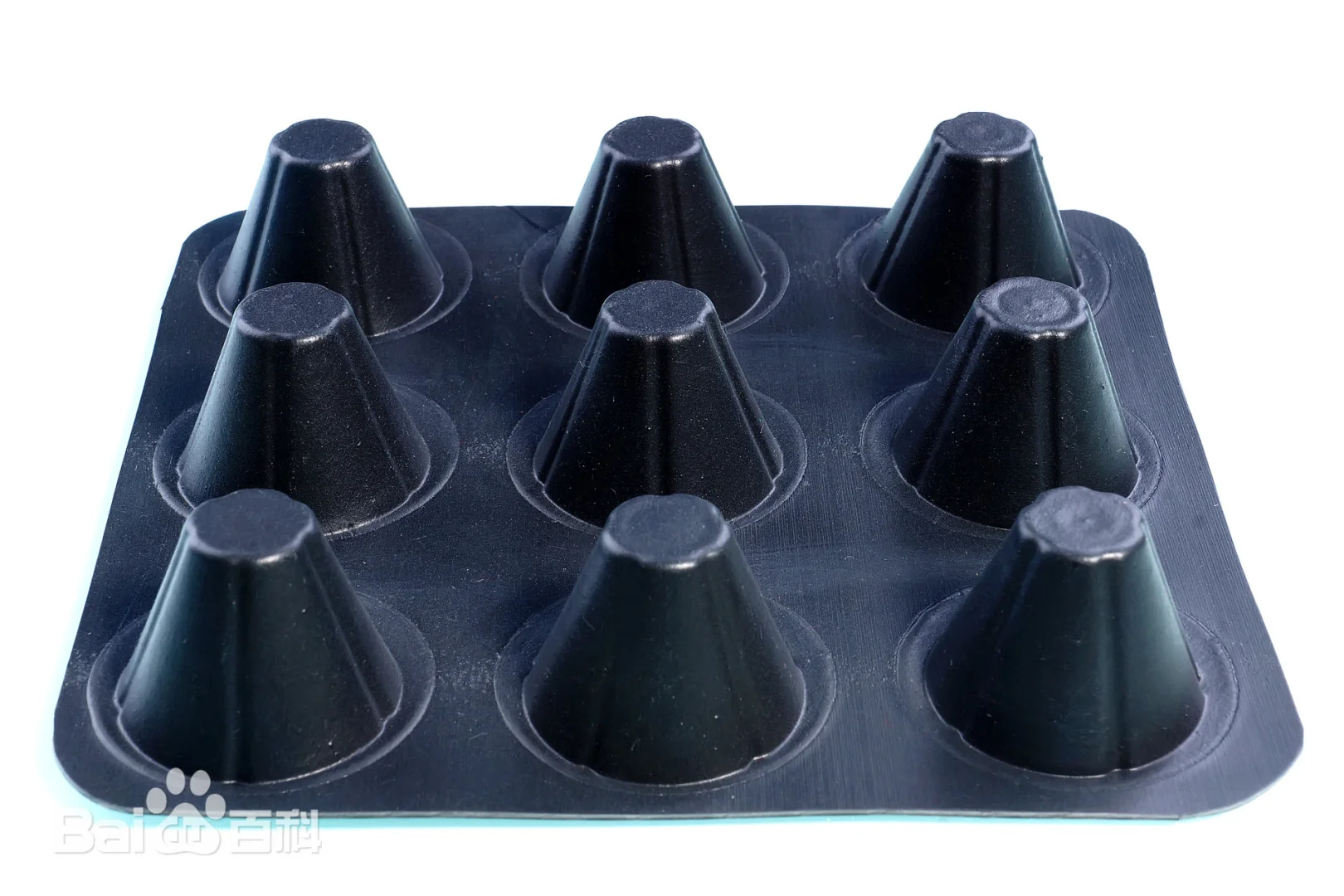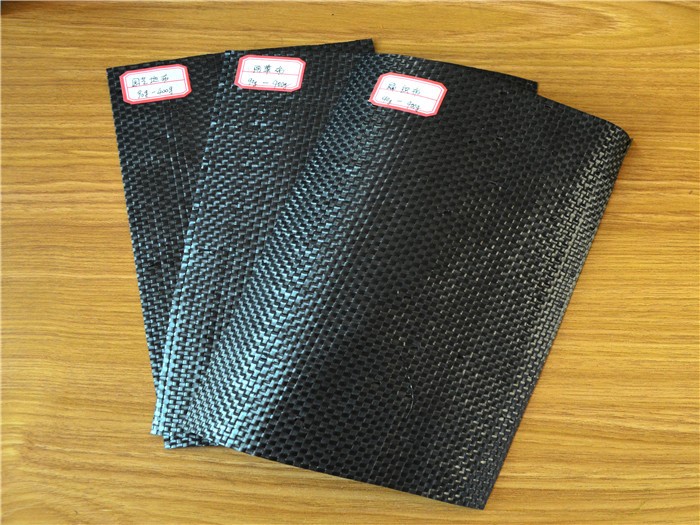





Anti-seepage composite geomembrane商品描述
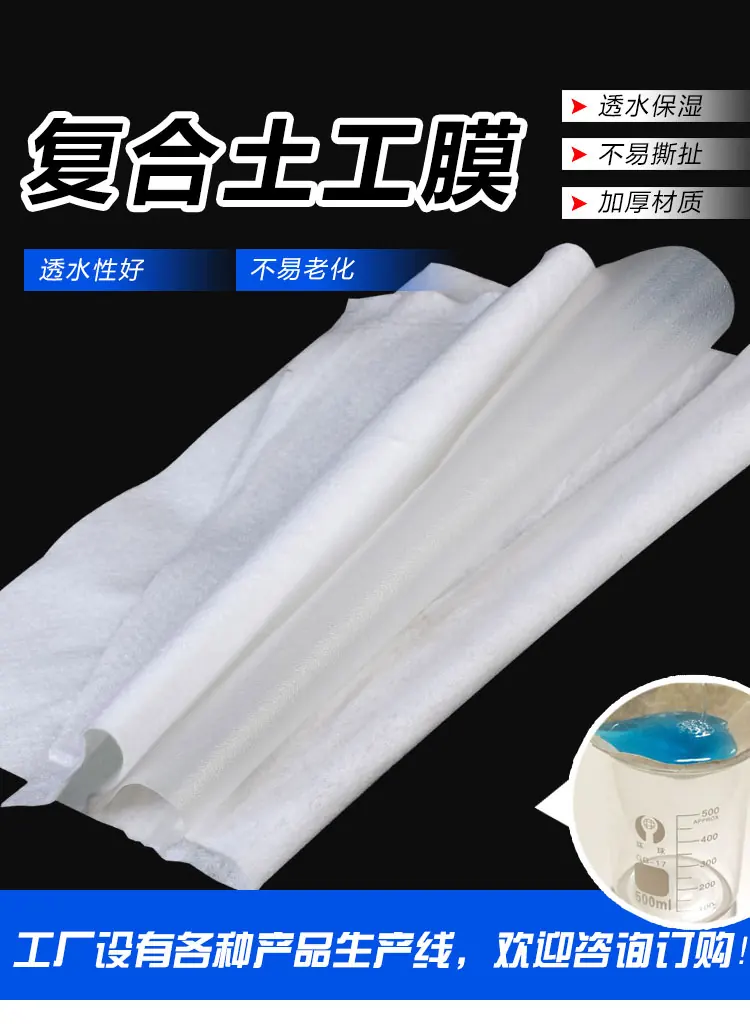
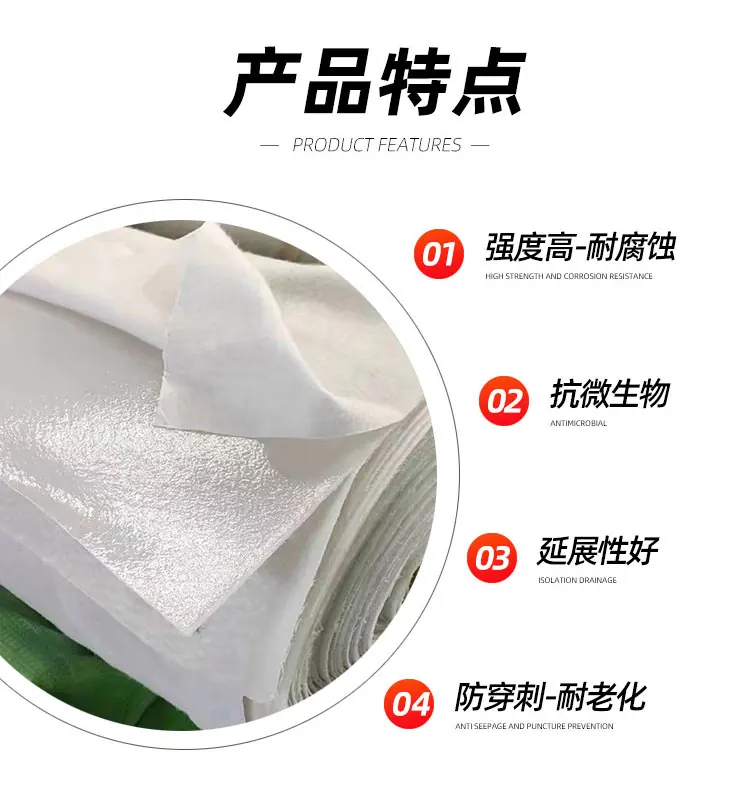

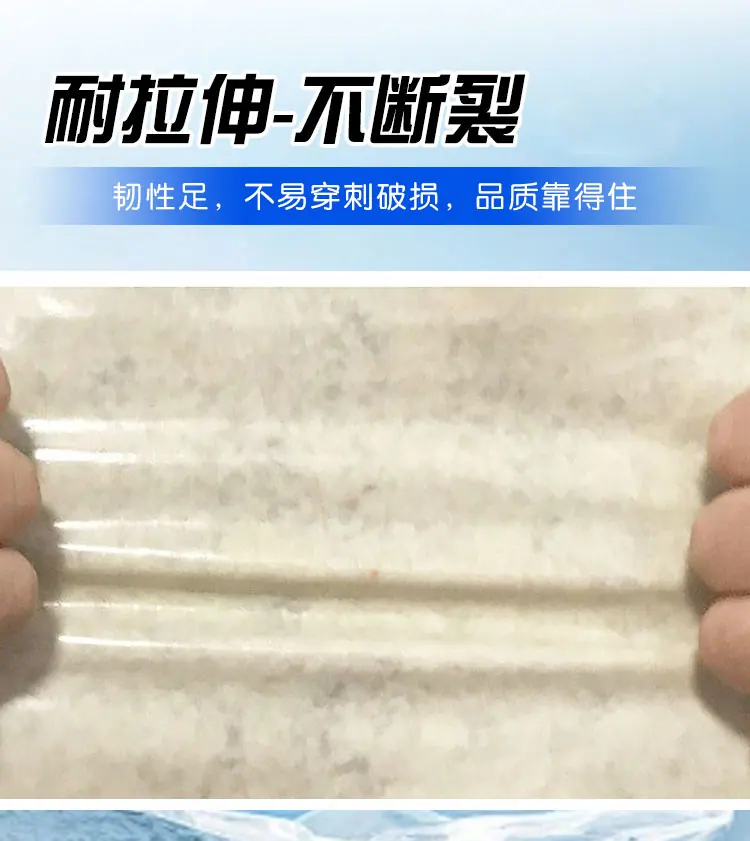
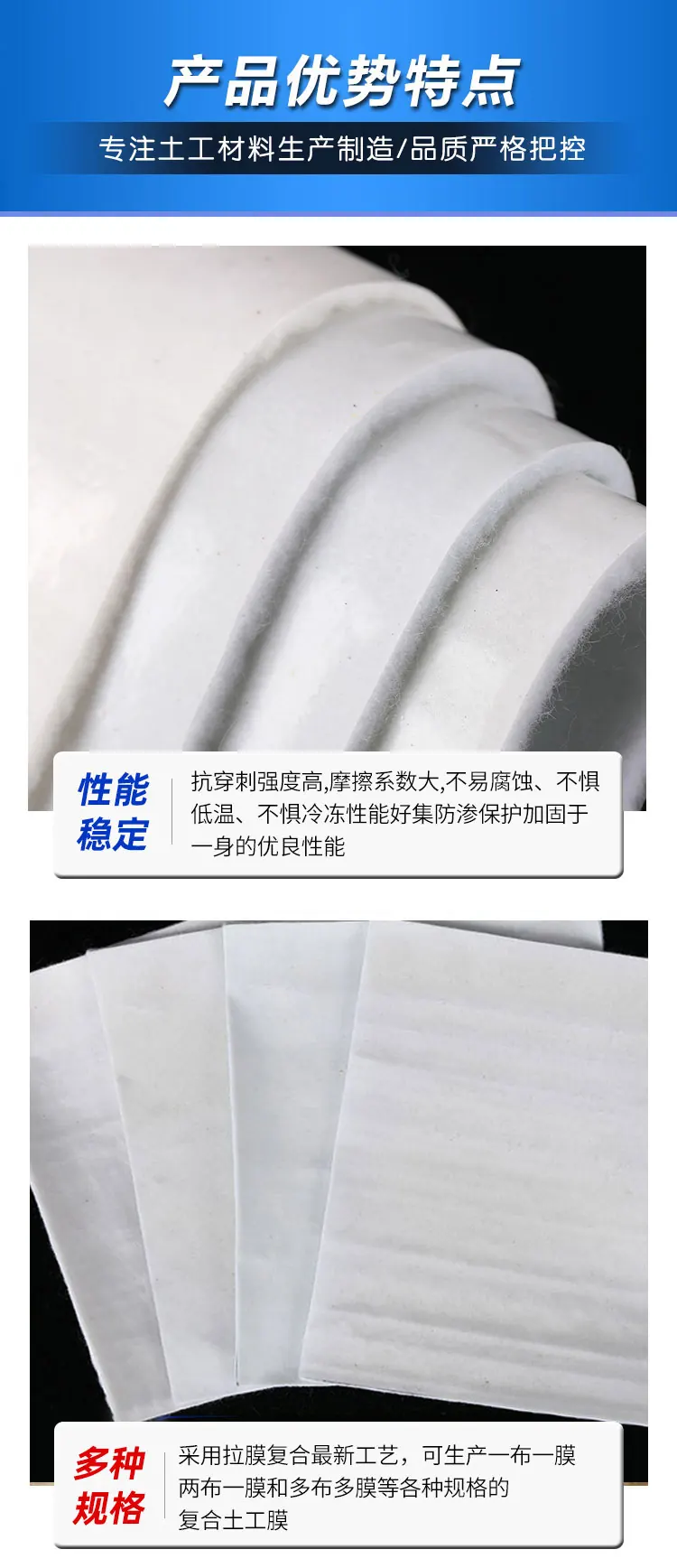
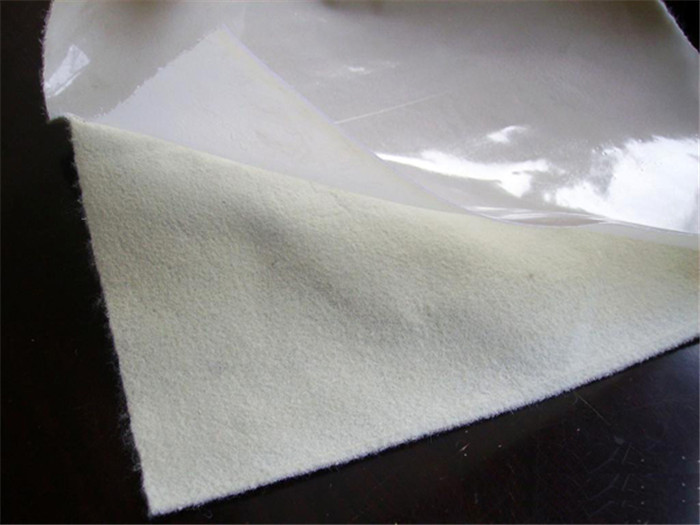
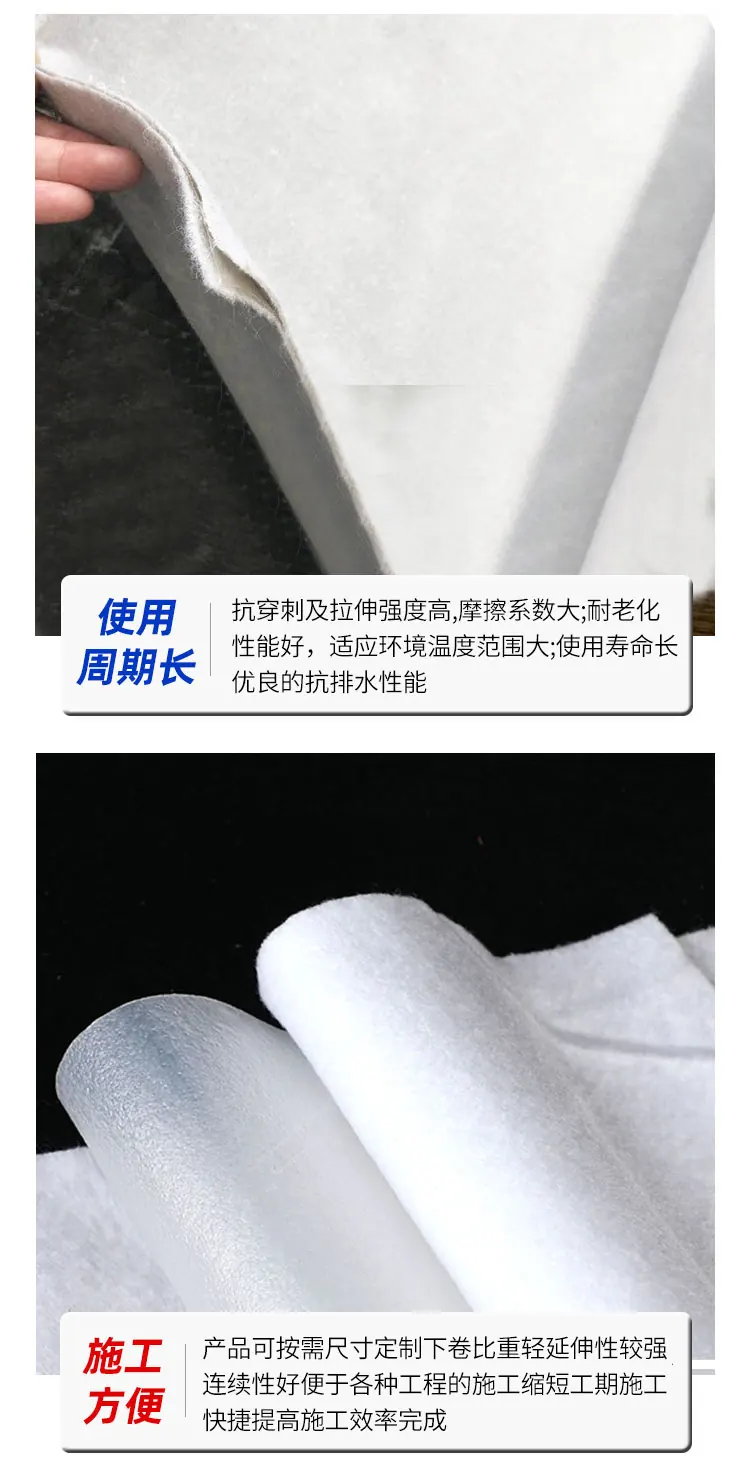
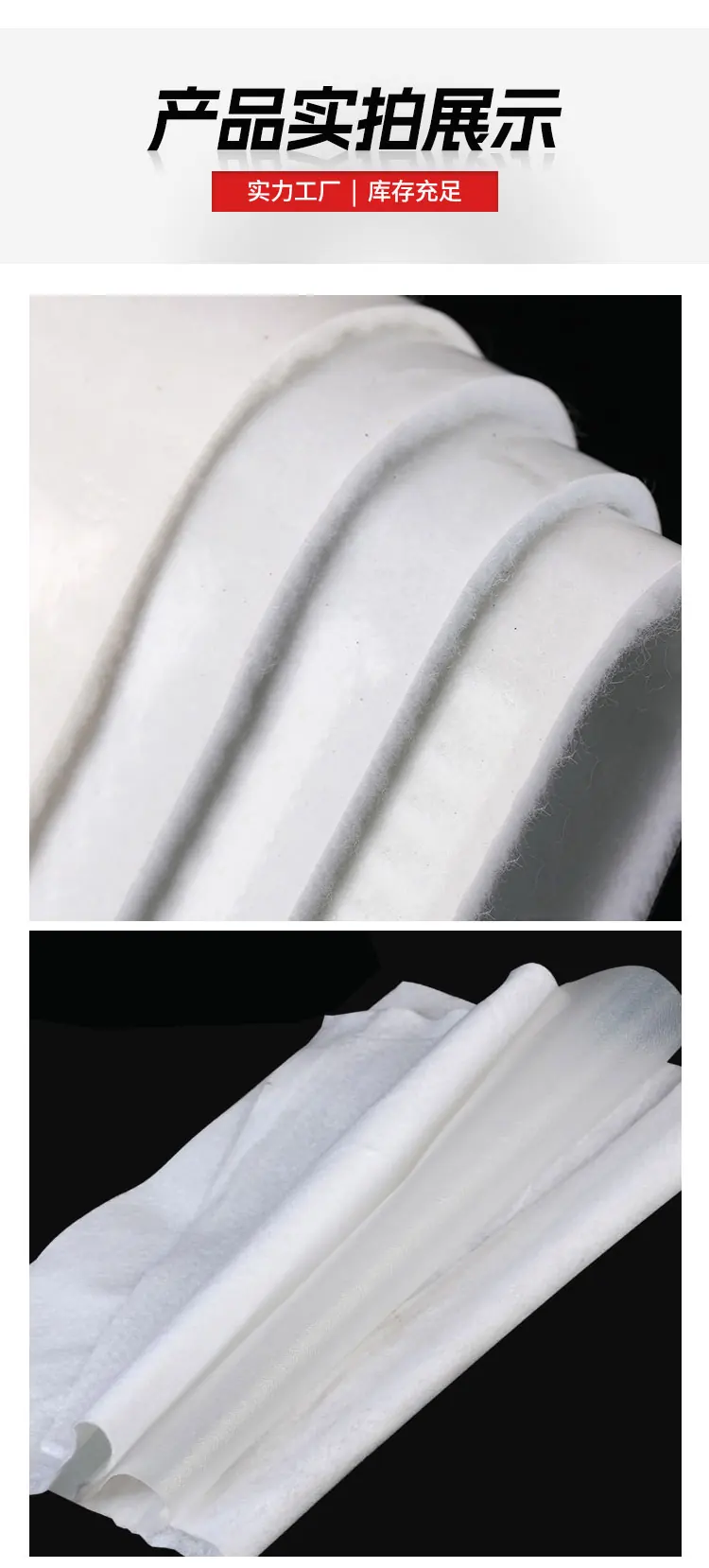
Composite geomembrane is an impermeable material composed of geotextile and geomembrane. It is mainly used for anti-seepage. Composite
geomembrane is divided into one fabric and one membrane and two fabrics and one membrane. It has high physical and mechanical performance
indicators such as tensile strength, tear resistance, and bursting resistance, and can meet the needs of civil engineering such as water conservancy,
municipal engineering, construction, transportation, subway, tunnel, etc. Due to the use of polymer materials and the addition of anti-aging agents
in the production process, it can be used in unconventional temperature environments. One cloth, one film is a geosynthetic material made by rolling
and hot-melt composite of a layer of geotextile (long and short silk needle punched geotextile, woven geotextile, plastic woven cloth, bentonite
waterproof blanket, etc.) and a layer of polymer material (HDPE film, LDPE film, EVA film, etc.).
Performance characteristics:
Composite geomembranes (composite anti-seepage membranes) are divided into one fabric one membrane and two fabrics one membrane. They
have high physical and mechanical performance indicators such as tensile strength, tear resistance, and bursting resistance. The product has high strength,
good elongation performance, large deformation modulus, acid and alkali resistance, corrosion resistance, aging resistance, and good anti-seepage
performance. It can meet the needs of civil engineering such as anti-seepage, isolation, reinforcement, crack prevention and strengthening in water
conservancy, municipal engineering, construction, transportation, subway, tunnel, and engineering construction. Commonly used for anti-seepage treatment
of dams, drainage ditches, and anti pollution treatment of waste sites.
Function and purpose:
1. Landfills, sewage or waste residue treatment for anti-seepage.
2. River embankments, lake dams, tailings dams, sewage dams and storage areas, channels, and storage tanks (pits, mines).
3. Subway, basement and tunnel, tunnel anti-seepage lining.
4. Salinization and anti-seepage of roadbeds and other foundations.
5. Embankment, horizontal anti-seepage blanket in front of the dam, vertical anti-seepage layer of the foundation, construction cofferdam, and waste
disposal site.
6. Marine and freshwater aquaculture farms.
7. Waterproof layer for the foundation, expansive soil, and collapsible loess of highways, expressways, and railways.
上一篇: Previous:Composite geomembrane (multi cloth multi film)
下一篇:Next:No time
- 1What is waterproof geotextile
- 2Will geomembranes pollute the environment?
- 3Classification of Geotextiles
- 4The function and construction method of geomembrane
- 5Characteristics and functions of geotextile
- 6Installation of garage roof drainage board
- 7Application of Grass proof Cloth
- 8The difference between geomembrane and composite geomembrane
- 9Key points of geomembrane welding
- 10The use of composite geomembrane
 简体中文
简体中文 English
English

